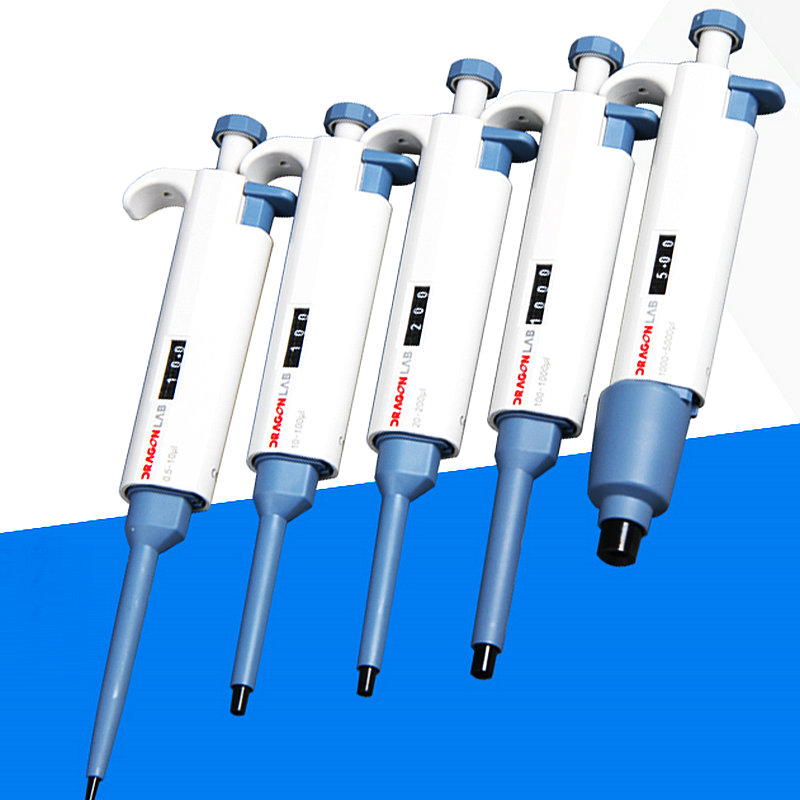Choosing the best sampler can be a challenging task as the market is full of samplers that look good but do not provide reliable test results. Before using small brands, it is important to make sure of some points that can save you from buying the wrong pipette:

Every laboratory technician wants a sampler that provides accurate measurement values with proper design.
Choosing the best sampler can be a challenging task as the market is full of samplers that look good but do not provide reliable test results. Before using small brands, it is important to make sure of some points that can save you from buying the wrong pipette:
- Is the sampler able to control the liquid range of your pipette?
– Does your sampler have a suitable conical tip with a variety of tips?
- Is your sampler automatic at the required standard temperature?
- Does your sampler have smooth and comfortable handling?
– Is your sampler calibrated for accurate distribution?
- Is the accuracy of the readings provided by the micropipette according to ISO standards?
The above tips will ensure the right purchase of your sampler that will work for a long time and improve the fluid transfer activities in your laboratory.
Since samplers can be used for a number of applications, the dilemma you face is how to choose the right sampler for a particular task.
For this purpose, you can follow our simple step-by-step guide. The first step involves writing down the details of the experiment you want to perform with the sampler. This should ideally include the number of samples, the volume to be transferred, the number of replicates, the need for sterile conditions, etc. Preparing a comprehensive list in this way will make the decision making process easier.
Samplers can be broadly categorized into two types: air displacement samplers and positive displacement samplers. By matching their programs with the test you want to perform, you can choose the right test.
Next steps:
After choosing the right type, let's examine the available subtypes based on criteria such as usability, tip quality, manual or electronic pipettes, etc. This is where more specific details about testing would be helpful.
Either you can use a micropipette whose volume is already fixed or use the required size to adjust its volume. If you regularly use a single volume such as 100 µL for your experiments, look for a fixed volume sampler. If your experiment requires you to work with a wide range of volumes, choose a variable or adjustable pipette, such as Dlab's variable sampler (single-channel or multi-channel).
Volume used :
As a standard rule, it is better to choose the smallest pipette capable of controlling the required volume because when the set volume is close to the minimum capacity of the sampler, the accuracy and precision of the readings will decrease.
Single-channel or multi-channel samplers :
This decision can be made based on the number of samples or versions you are working with. Single-channel samplers (fixed volume and variable volume) are used when the number of samples is less, while a large number of samples or well plates can be easily used with multi-channel samplers such as 8-channel and 12-channel.
Accuracy with specific tolerances :
Samplers are designed to operate with an accuracy of a few percent (generally <5%) of the intended value for the volume. Make sure your sampler provides the accuracy you need for sampling.
DLab Company designs and manufactures high-precision liquid control instruments for leading laboratories around the world, with considerable experience
Facilitates the user in practical laboratory environments.
Samplers are generally used in microbiology, chemistry and medical testing laboratories for accurate and precise transfer of samples. While single-channel samplers are used in laboratories conducting research related to molecular biology, microbiology, immunology, cell culture, analytical chemistry, biochemistry, and genetics, multi-channel samplers are used for ELISA (diagnostic testing). , molecular screening, dynamics and DNA studies are recommended.
Some of the main areas where samplers are widely used are:
Pharmaceutical
Health Care
Food and Beverage
Environmental Monitoring
Academic and Research Institutions Life Science
Diagnostic Kits
Saving time,
ergonomics
, precision and accuracy,
ease of use
